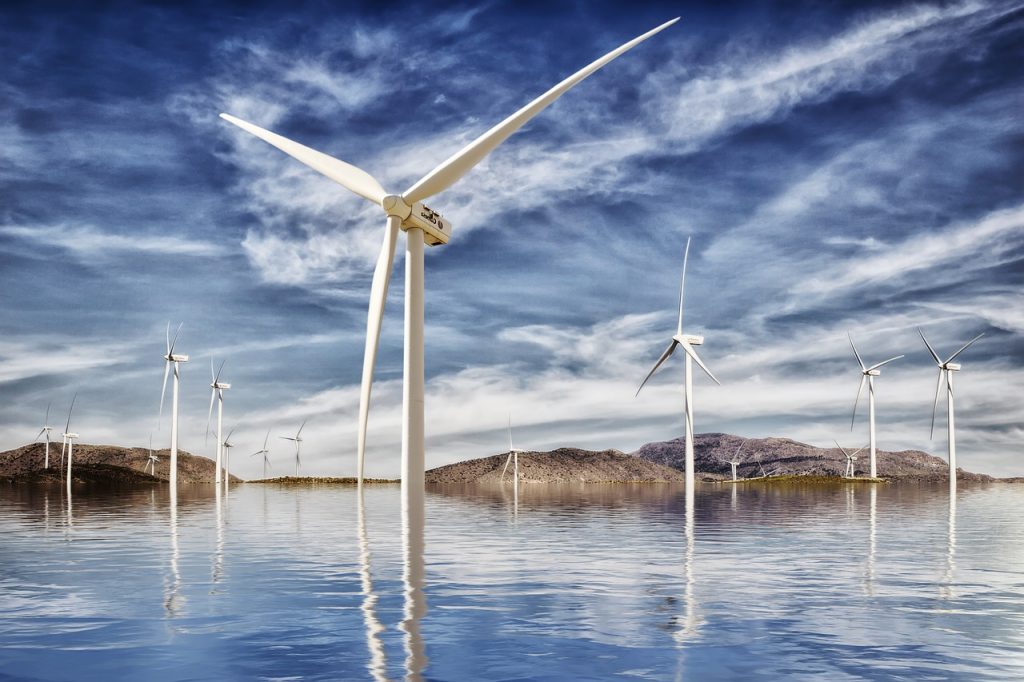Oil Giant Shell Bought A Wind Farm
Oil giant Shell is finally fighting against climate change by purchasing a wind farm.
This article is more than 2 years old

Oil companies have long been under pressure to not only acknowledge the role that they play in contributing to climate change but to actually take steps to combat against it. In October chief executives from four leading oil companies were grilled by lawmakers looking to invoke change. And with an emerging energy crisis, amidst other climate factors, now beginning to prevail it has become more important than ever for these companies to take quantifiable actions to reduce their carbon footprint. Oil giant Shell might have finally gotten the memo. According to CNBC, the company purchased hundreds of megawatts of wind energy from a wind farm based in England.
Shell disclosed last week that they indeed had signed a deal to purchase energy from what they referred to as what will be “the world’s largest offshore wind farm.” The deal actually marks the third purchase that Shell has made from Dogger Bank Wind Farm. The latest transaction was for what amounts to 240 megawatts of wind energy.
Dogger Bank Wind Farm, which is comprised of a coalition between Equinor, SSE Renewables, and Eni, has been expanding for some time. They have, in fact, just entered into their third and final phase of development. During their first and second phases, titled Bank A and Bank B, Shell purchased a total of 480 megawatts of wind energy. The oil giant’s latest purchase brings their total acquired energy to 720 megawatts.

Shell’s decision to purchase clean energy from Dogger Bank Wind Farm aligns with its commitment to become a net-zero carbon emitter by 2050, and it definitely is encouraging to see a once infamous climate denier begin to embrace a cleaner model. However, despite Shell’s new efforts, many climate experts are still warning that it’s not enough. In fact, the science has shown that even a goal to reach net-zero emission say 2030 will still not be sufficient in serving to mitigate the worst of climate change’s impending effects.
Moreover, Shell’s carbon output due to oil production is still tremendously high. CNBC pointed out that in 2018 the company measured a carbon output of 1.7 metric gigatons year over year. However, world opinion on oil use might finally be shifting enough for Shell and other oil companies like them to be legally forced into taking necessary action. In fact, earlier this year a Dutch court called for Shell to reduce their total carbon output by almost 50% by 2030. If more legal institutions in other countries begin to take similar steps, then that could potentially serve to remap what the effects of climate change could look like in the coming decades.
At this point, it is unclear if Shell will follow through on what they are being legally obligated to do. However, with so many companies outside of the oil industry beginning to make real waves in the race to save the environment, it would certainly behoove them to reevaluate their 2050 commitment and revisit more ways in which they, as one of the biggest climate offenders, can help to truly turn the tides.







